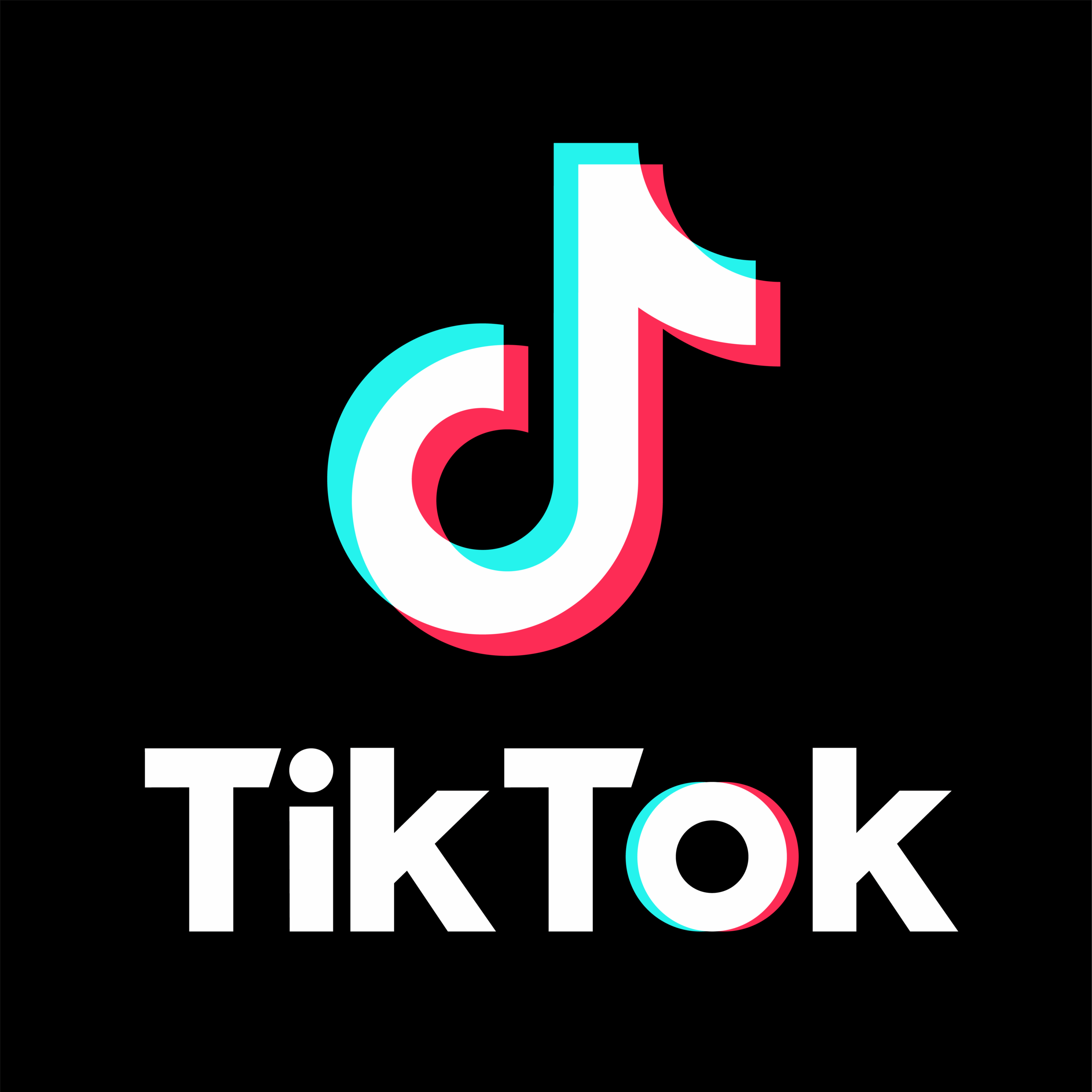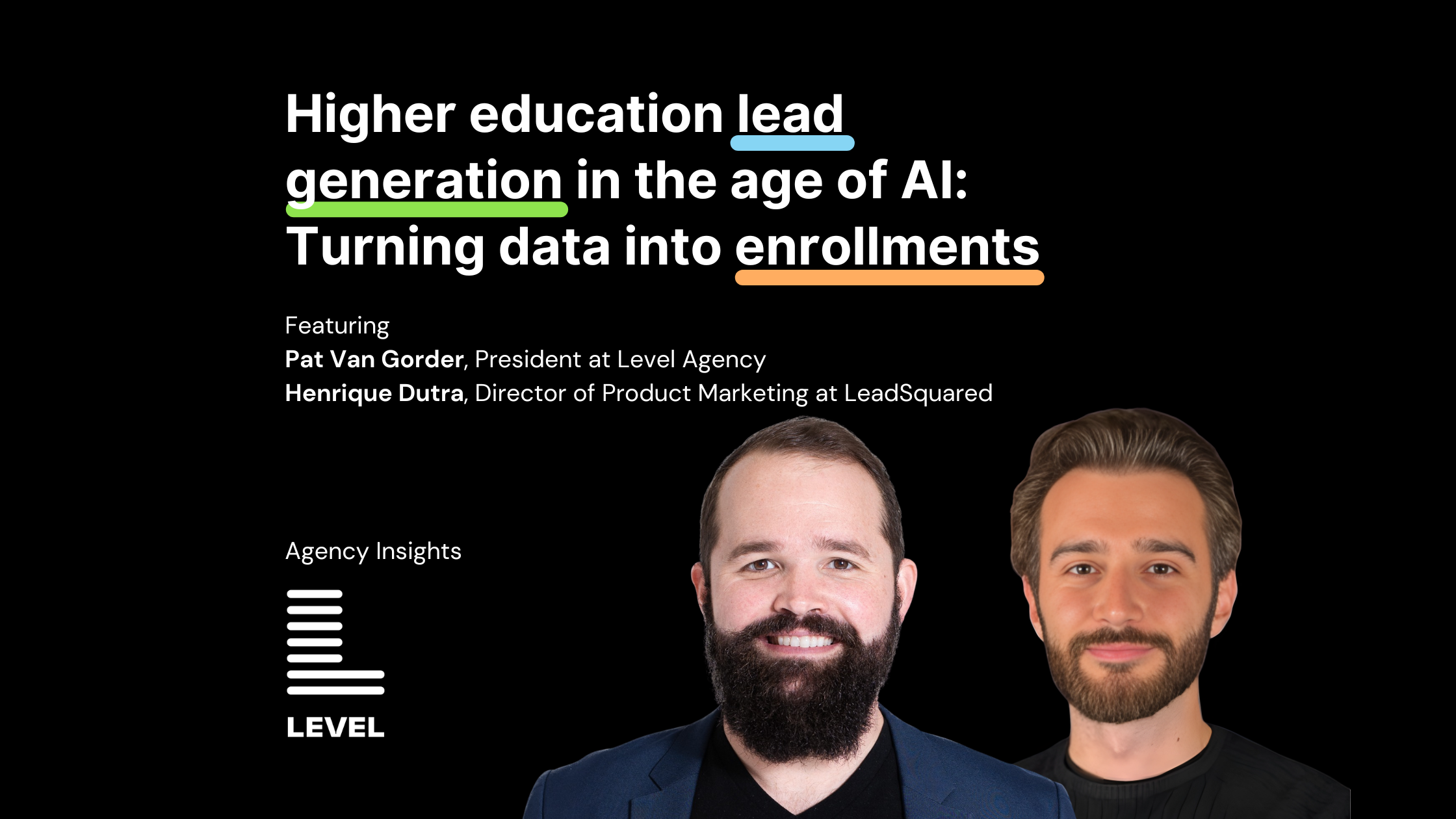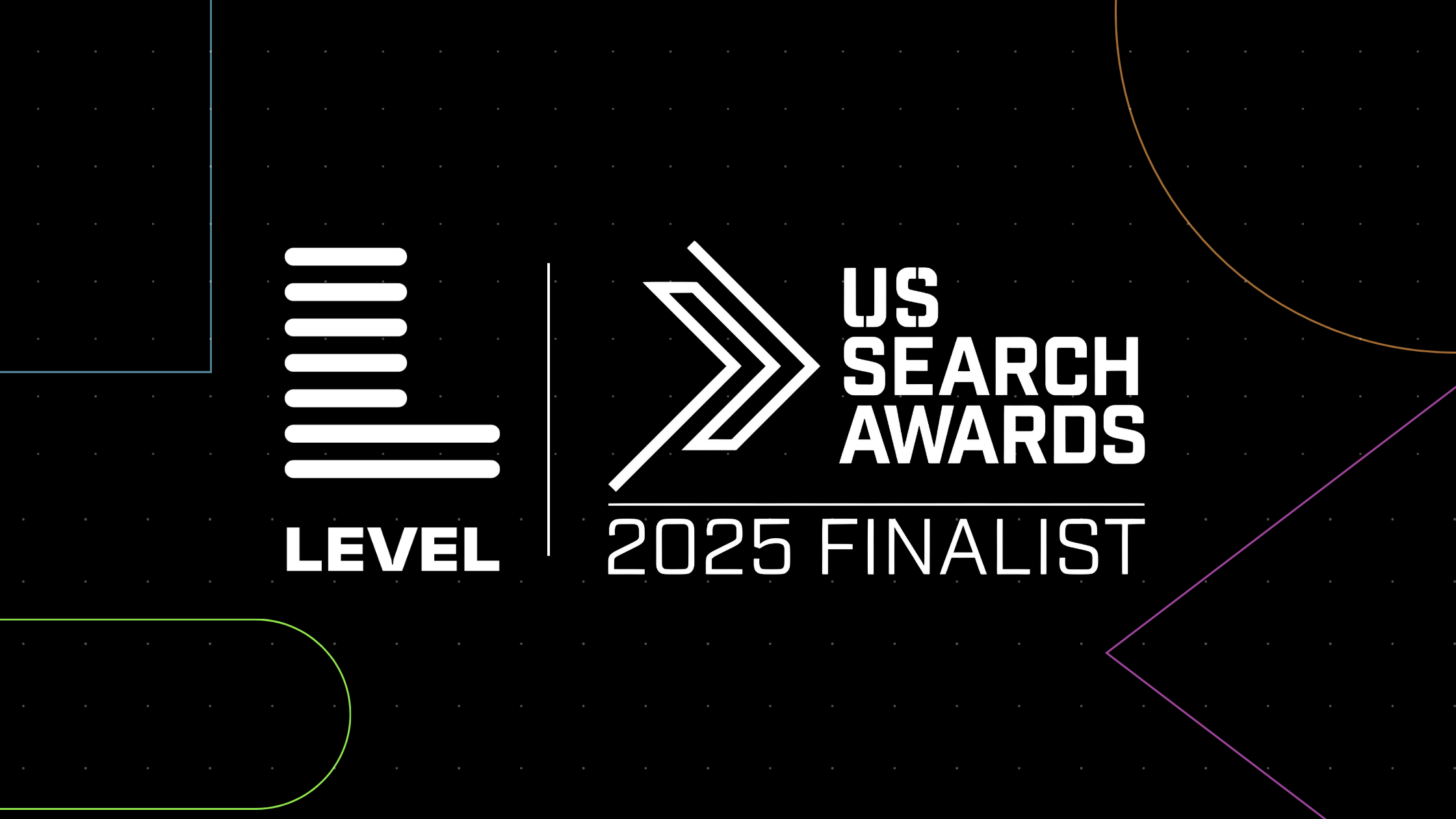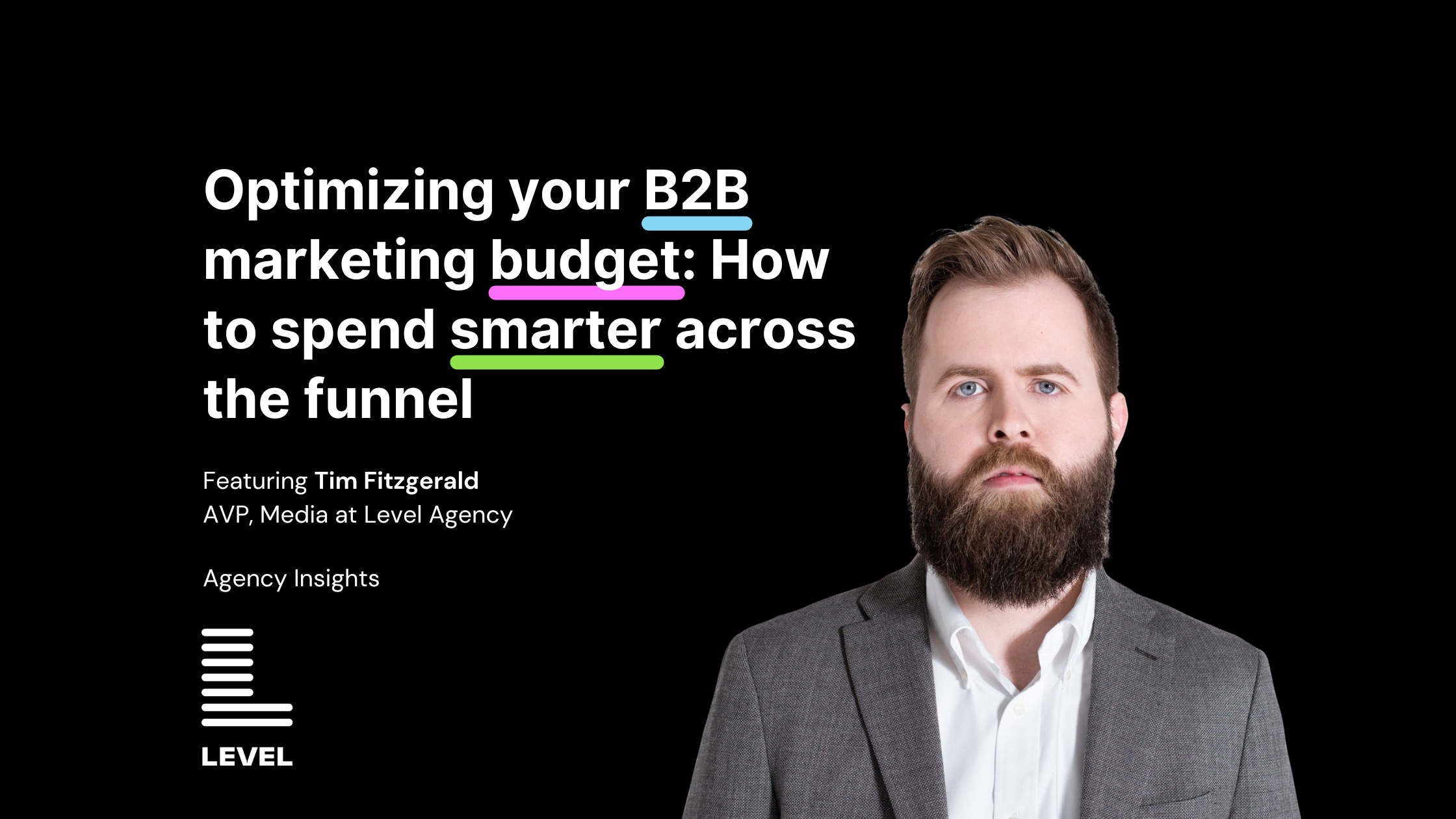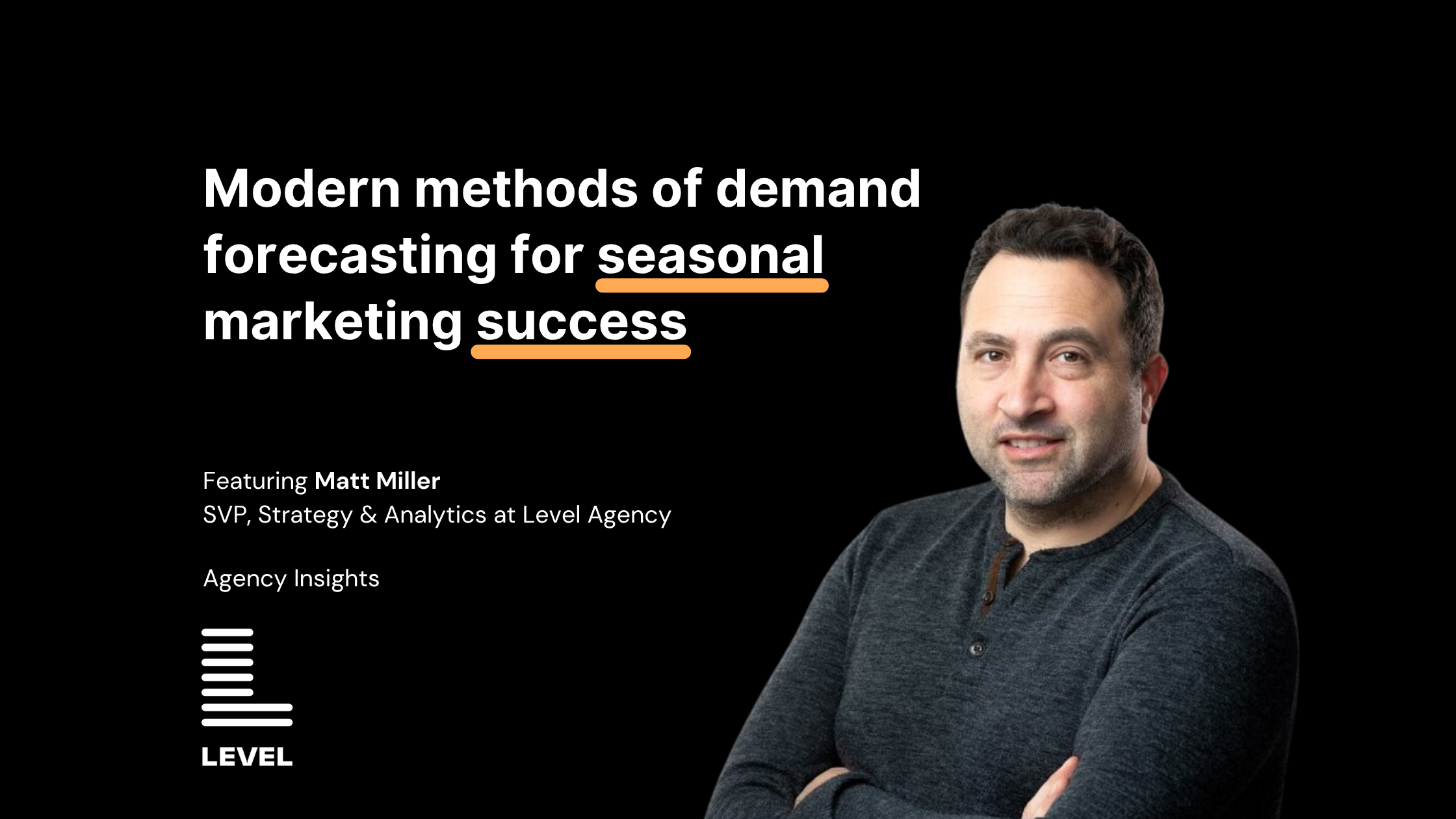PPC for Financial Services is one of the most competitive and expensive areas in digital advertising. Marketers in this space face rising CPCs, potential complex compliance rules, and long sales cycles that make driving ROI a constant challenge.
In our recent interview with Mitch Moore, VP of Marketing at Level Agency, we discussed why Pay-Per-Click for financial services is so complex and what financial services marketers can do to navigate rising costs and shrinking margins while staying compliant and competitive.

Why is PPC for financial services so challenging?
The financial services space is one of the most competitive and expensive digital marketing categories. Unlike industries with broader targeting flexibility, financial brands may operate in tightly regulated environments.
At the same time, internal legal teams often impose strict limitations on creative messaging, even when competitors appear to bend or ignore those rules. Marketers are left navigating a narrow path between compliance and performance, often with fewer tools and higher scrutiny in PPC marketing efforts.
How high CPCs impact financial services PPC performance
It’s all about keyword saturation. For example, one mortgage client had more than 20 competitors bidding on the exact same set of keywords. That level of competition drove CPCs as high as $50, compared to $5 to $10 in other categories.
This kind of bidding war puts serious pressure on ROI. Without precise targeting, strategic segmentation, and CRO focused landing pages even well-run paid advertising in the financial services industry can quickly become unprofitable.
Why is it difficult to see immediate returns in financial services PPC?
Long sales cycles are a defining trait of this industry. Mortgage loans can take up to 90 days to close. Individuals who are making large investment decisions often require multiple conversations and layers of trust-building. As a result, the gap between the initial “click” on an ad, conversion, and closed deal is wide, and standard attribution models struggle to connect top-funnel activity with bottom-line impact.
That delay makes it difficult to optimize campaigns and strategies in real time or justify ad spend while solely using short – term metrics alone in financial services with their Pay-Per-Click campaigns.
Are internal expectations aligned with this reality?
Not always. Many teams still set CPL targets that don’t reflect the current cost environment. For example, if CPCs alone are $50 and the expected CPL is also $50, then every “click” needs to “convert” in order to that target, which would be a 100% conversion rate.
This isn’t a media issue — it’s a disconnect between planning and market conditions. Marketing leaders need to reset expectations internally and build targets that reflect real acquisition costs and timelines in paid advertising in financial services.
What additional challenges come from compliance and policy restrictions?
Certain financial brands — particularly those in categories like debt relief or crypto — face platform policies that prevent them from remarketing or using specific ad language. Visuals like dollar bills or credit cards may be disallowed. Even common claims like “#1 rated” or “top provider” can be blocked by legal teams.
The kicker? Some competitors might still run ads with these elements, creating an uneven playing field and frustration for compliant financial services Pay-Per-Click brands.
So what can marketers do to compete effectively?
It starts with smarter planning and creative problem-solving.
First, rethink campaign architecture, high-volume keywords may not be the only solution. Depending on your campaign goals and keyword performance, one ad account might succeed with broader match types, while another could benefit more from long-tailed keywords. For brands that can’t remarket, campaign types like YouTube and Custom Intent offer alternate ways to re-engage high-intent users through behavioral targeting within Pay-Per-Click marketing strategies.
Second, lean into AI to overcome creative constraints. Tools like ChatGPT can help marketers brainstorm compliant ad copy and visuals, which can be reviewed by legal teams before launch. This helps teams move faster while staying within the rules. As one SME noted, “If you can’t show credit cards or currency, AI can help generate compliant concepts… that still deliver impact.”
Moreover, dedicated landing pages allow marketers to match ad copy directly with landing page content, reinforcing message consistency and increasing trust. By tailoring landing pages to specific keyword categories, marketers can better serve users at different intent levels — from early-stage researchers to ready-to-convert leads. This strategic segmentation ensures that each visitor is met with relevant messaging and offers, increasing the chances of conversion.
A powerful tactic within these experiences is asking simple, personalized questions — such as “Is this a condo, townhome, or house?” in the mortgage industry — to build micro-commitments. These small interactions not only demonstrate relevance but also increase engagement and nudge users further down the funnel. Additionally, these pages can be A/B tested for specific conversion paths, helping uncover which messages, layouts, or CTAs yield the highest ROI.
Lastly, align internal teams on meaningful KPIs. Don’t focus solely on CPL. Broaden the lens to include lead quality, sales velocity, and down funnel conversion actions. When marketing and leadership are aligned on both short-term goals and long-term realities, financial services PPC strategy becomes more resilient and performance more sustainable.
What’s the bottom line for financial marketers?
You can’t change the category — but you can outthink it. The most successful brands won’t be the ones with the biggest budgets, but the ones who adapt quickly, build smarter PPC marketing campaigns, and maintain alignment from strategy through execution.



